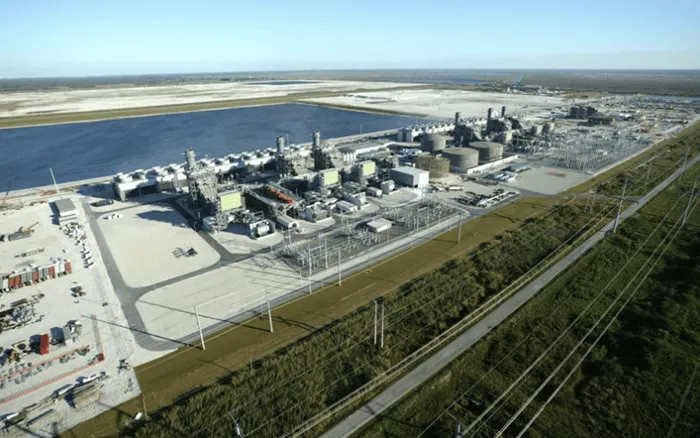Energy analysts are increasingly emphasizing the crucial role of natural gas-fired power plants in ensuring a reliable electricity supply in the United States. As demand for electricity continues to surge, experts assert that the country’s abundant natural gas resources will drive further investment in gas-fired generation capacity.
Lucian Niemeyer, CEO of Building Cyber Security and former Assistant Secretary of Defense for Energy, Installations, and Environment, highlighted the significance of natural gas during a keynote address at the P3 Electrified conference in San Diego last month. He stated, “Natural gas is going to grow… there is no other solution” for reliable baseload power generation. Niemeyer underscored the limitations of renewable sources, noting that “we cannot rely on renewables” alone. He stressed the need for consistent, 24/7 power, and identified natural gas, along with nuclear and hydropower, as key sources of dispatchable energy.
Niemeyer pointed out that the growth of wind and solar energy has largely depended on the support of baseload power, predominantly provided by natural gas.
Mary Landrieu, a former U.S. senator from Louisiana and current senior policy advisor at Van Ness Feldman, echoed Niemeyer’s sentiments, stating that “natural gas in America is not the enemy.” She noted that the U.S. has seen significant emissions reductions over the past decade, primarily due to increased natural gas use and reduced reliance on coal. Landrieu emphasized the country’s ample natural gas supply, claiming, “We have over a hundred-year supply… and an amazing pipeline infrastructure” that efficiently delivers gas to consumers.
She further added that the relatively low cost of natural gas helps keep electricity prices affordable. “When connected with wind and solar, we can build a modern and low-emissions electric grid for the country,” she said.
Niemeyer also warned of rising electricity demand, particularly due to advancements in artificial intelligence. He suggested that while nuclear power could contribute to meeting this demand, it would take five to seven years to expand nuclear facilities. As a result, he advocated for immediate investments in geothermal and natural gas energy sources to provide the necessary reliability.
Recent data from S&P Global Market Intelligence indicates that U.S. electric utilities and investors have announced plans for 133 new natural gas-fired power plants. Among them are ten new units from Duke Energy, which expect to begin operations by 2033, contributing a combined capacity of 9 GW.
The largest gas-fired power plant in the U.S. is the West County Energy Center in Palm Beach County, Florida, with a generation capacity of 3,750 MW. In Texas, significant new developments are underway, including the 1,158-MW Orange County Advanced Power Station, set to come online in 2026, and a planned 1.2-GW facility by Sandow Lakes Energy Co., scheduled for 2028.
Globally, the Jebel Ali Power and Desalination Plant in the United Arab Emirates holds the title of the largest gas-fired complex, boasting an impressive 8,595 MW capacity. Following closely is the Surgutskaya GRES-2 in Russia, with a capacity of 5,597 MW. Other notable plants include the Futtsu power station in Japan (5,040 MW) and the Kawagoe power station (4,802 MW), highlighting the global reliance on natural gas for energy generation.
With the ongoing expansion of natural gas infrastructure and growing demand for reliable power, experts agree that gas-fired power plants will play a pivotal role in the future of the U.S. electricity supply.
Related topics:
- KfW Invests €20 Million to Modernize Inga Hydropower Substation in DRC
- Baltic Power Wind Farm Achieves Milestone with First Onshore Connection
- TotalEnergies and RWE Partner on 4GW North Sea Offshore Wind Projects

